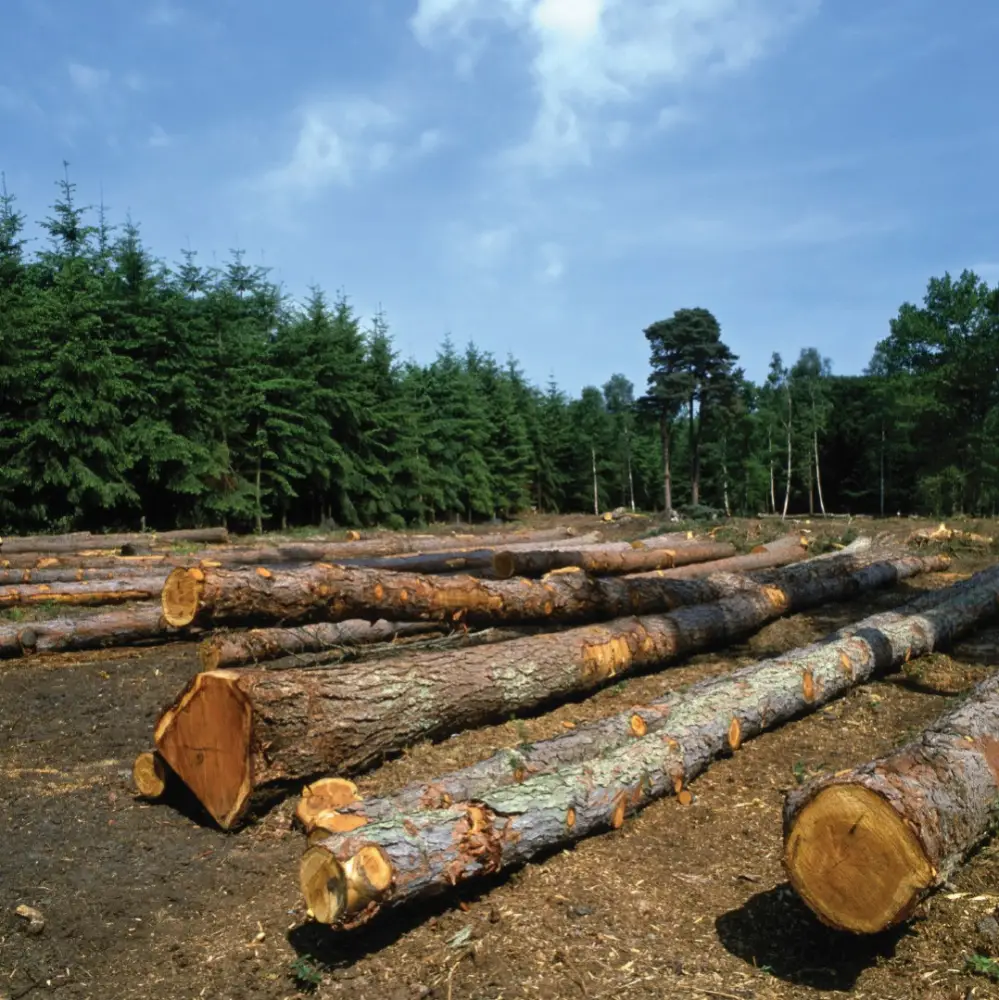How to Protect Your Business from Illegal Timber
Editor WoodBusinessPortal.com team - research, 2025 - August, 29
The wood industry faces increasing scrutiny regarding the origin and legality of timber. Illegal logging has significant economic, environmental, and reputational consequences for businesses. Companies in the wood sector must ensure they comply with regulations, maintain ethical sourcing practices, and protect themselves from unknowingly dealing with illegal timber. This article outlines key strategies for mitigating risks associated with illegal logging and securing a sustainable supply chain.
Illegal timber poses multiple threats to businesses, including:
- Legal consequences: Violation of regulations like the EU Timber Regulation (EUTR) and the U.S. Lacey Act can result in fines, bans, and reputational damage
- Financial losses: Involvement in illegal timber trade can lead to lost contracts and reduced customer trust
- Environmental impact: Unsustainable logging contributes to deforestation, loss of biodiversity, and climate change.
To operate legally and ethically, companies should adhere to key industry regulations:
- EU Timber Regulation (EUTR): Requires companies placing timber on the EU market to conduct due diligence to ensure legality
- FLEGT (Forest Law Enforcement, Governance, and Trade): Promotes sustainable timber sourcing through Voluntary Partnership Agreements (VPAs)
- U.S. Lacey Act: Prohibits trade in illegally sourced wood products in the United States
- FSC (Forest Stewardship Council) and PEFC (Programme for the Endorsement of Forest Certification): Provide certifications ensuring responsible forestry practices.
Strategies to Protect Your Business from Illegal Timber
1. Implement a Due Diligence System (DDS)
A robust due diligence system helps companies assess and mitigate the risk of illegal timber entering their supply chain. Key components include:
- Supplier verification: Work only with certified and reputable suppliers
- Risk assessment: Evaluate the origin of timber, country of harvest, and potential risks of illegality
- Mitigation measures: Request additional documentation or switch to lower-risk suppliers when needed.
2. Source Certified Wood
Using FSC- or PEFC-certified wood ensures compliance with sustainability and legality standards. These certifications guarantee that wood comes from responsibly managed forests.
3. Conduct Supplier Audits
Regular audits of suppliers help verify compliance with legal and sustainability requirements. Businesses should:
- Perform on-site inspections of logging operations
- Review chain-of-custody documentation to ensure transparency
- Require suppliers to provide legality verification documents.
4. Stay Informed on Regulatory Changes
Global regulations on illegal timber are continuously evolving. Businesses should monitor updates in EUTR, FLEGT, and national laws to remain compliant and adapt their procurement strategies accordingly.
5. Utilize Technology for Traceability
Modern solutions such as blockchain technology, satellite monitoring, and digital tracking systems enhance supply chain transparency. These tools help businesses verify the legitimacy of wood sources and reduce the risk of fraud.
6. Engage in Industry Networks
Joining wood industry associations and trade groups provides access to best practices, policy updates, and collaboration opportunities for promoting legal timber trade.
Illegal timber trade threatens the integrity of the wood industry, but businesses can protect themselves by implementing due diligence processes, sourcing certified wood, conducting supplier audits, and leveraging technology for transparency. Staying informed and proactive is key to ensuring a responsible and sustainable timber supply chain.
For more insights on timber industry trends, prices, imports, exports, and legal compliance, visit WoodBusinessPortal.com – a trusted resource for professionals in the wood sector.
